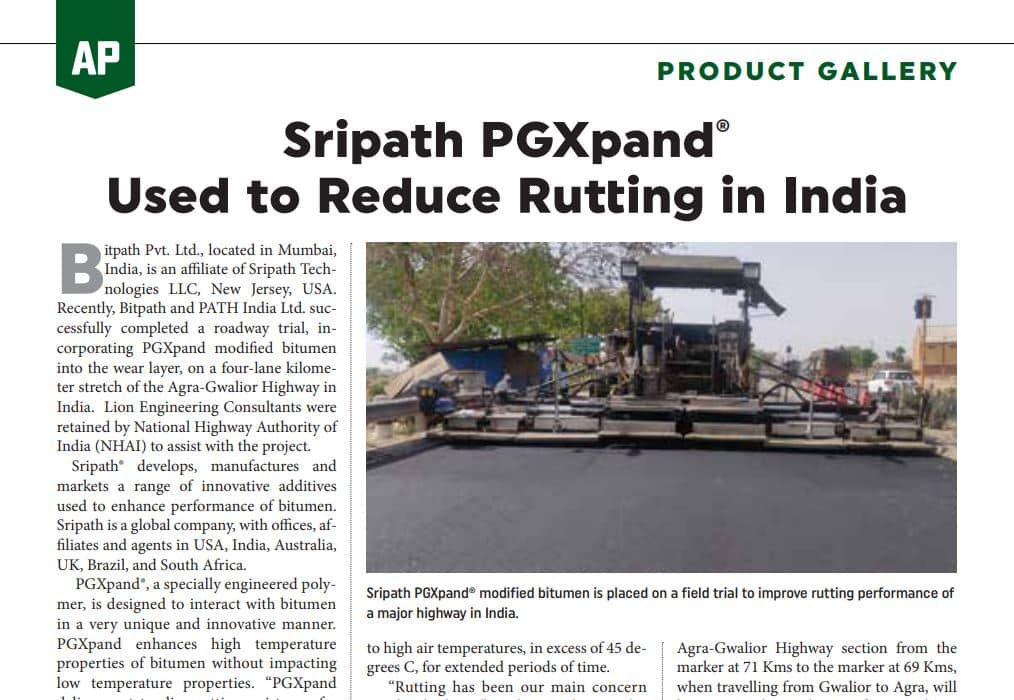Fuel-Savings Performance for Dynapac’s CA3500D SEISMIC Soil Roller
BY AsphaltPro Staff

The Swedish National Road & Transport Institute (VTI) confirmed the fuel-saving performance of the new CA3500D SEISMIC soil roller from Dynapac.
In any compaction job, finding the right balance of factors for the best results has always been a science. The CA3500D SEISMIC soil roller, designed to achieve fast, cost-effective compaction while reducing both fuel and emissions automatically enables the roller to determine the optimum frequency for material to be compacted. At the heart of the system is an onboard machine control unit, as well as a next-generation compaction meter. This feature lets SEISMIC sense the dynamic characteristics of the material and then calculate the optimum frequency required for the best compaction results. The entire process is achieved using an advanced data flow from the SEISMIC Compaction Meter to the onboard machine control unit, which regulates the machine’s hydraulics. By working together with the soil, the SEISMIC feature applies the correct amount of energy where and when it’s required and hydraulically changes the vibration frequency, every 0.2 seconds for maximum performance.
The fuel efficiency performance has now been verified by the Swedish VTI, which supervised a series of fuel consumption tests on the CA3500D SEISMIC soil roller. It was tested in three different settings over a period of two weeks.
There are three different settings on the CA3500D SEISMIC:
- Standard mode where the engine runs on high RPM and the vibration frequency is 29Hz in high amplitude and 33 Hz in low amplitude;
- Eco mode where the engine runs on lower RPS that is automatically adjusted to the engine needs; and
- Eco + SEISMIC mode, which has a lower RPM controlled by the Eco setting and automatically adjusts the vibration frequency to maximize the compaction effort.
The two test weeks were identical regarding procedures and were performed twice to validate that similar test results were reached. The results VTI measured showed a fuel reduction consumption of 28-35% compared to conventional compaction (fixed frequency). Moreover, they registered a good alignment with the onboard telematics, which reported savings of 36-38%. This means that under real job site conditions, there is an overall savings of around 55% to complete the job.
For more information, visit the Dynapac website.
